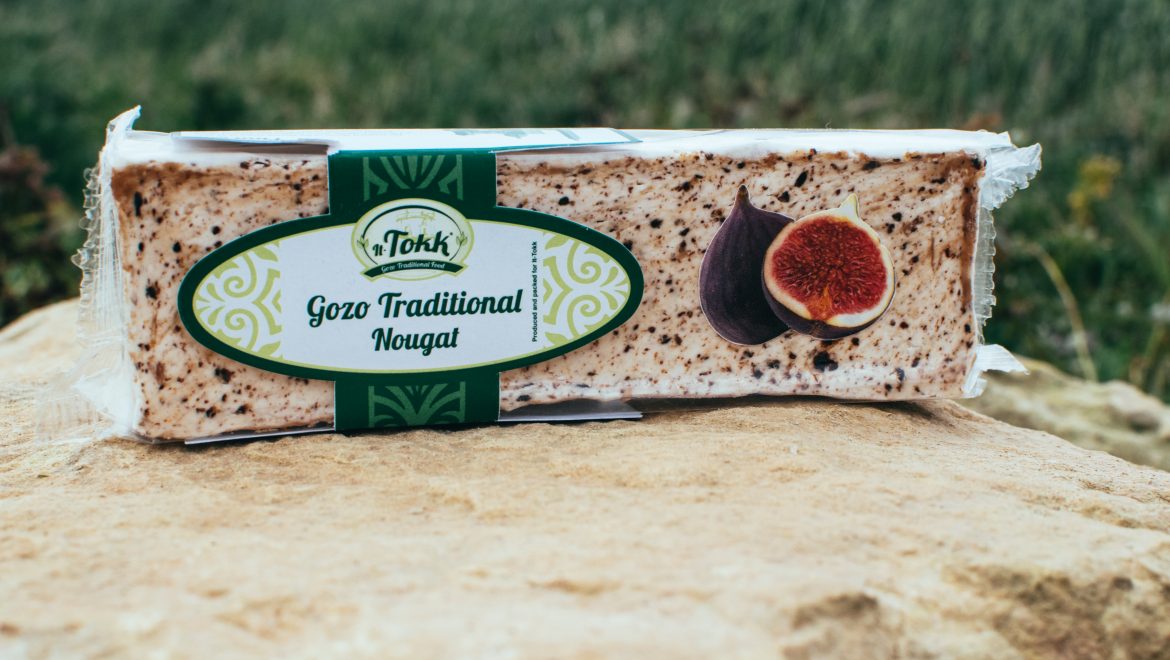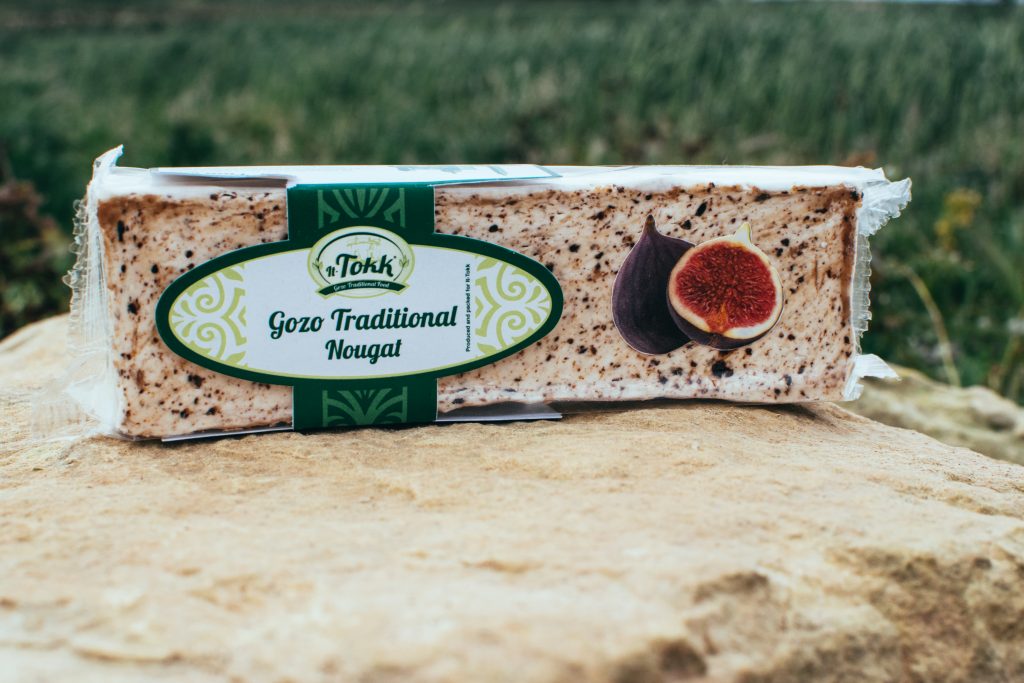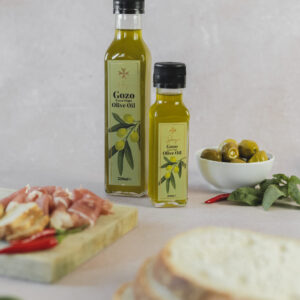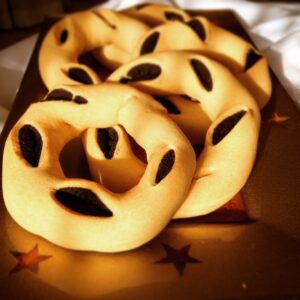
The earliest recorded references to a cobaytaro (nougat seller) dates back to the early years of the rule of the Order of St John (1530-1798). The 18th century philosopher and linguist Mikiel Anton Vassalli described the key ingredients for a type of nougat made during his time as consisting of a mixture made from sesame seeds, almonds, honey and sugar producing a brittle type of toffee known as qubbajt tal-penit.

Photo: www.guidememalta.com
Maltese nougat is a type of confection made from sugar, honey, almonds or other nuts, and egg whites. The ingredients are combined and then boiled until they reach a specific temperature, after which the mixture is poured onto a flat surface and allowed to cool and harden. Once set, it is cut into small rectangular or square pieces and wrapped in rice paper.
There are two types of nougat;
Brittle Nougat: Brittle nougat is a combination of almonds, hazelnuts, cashews, sesame seeds, toffee and caramel, and when ready is brittle and dark, and is therefore known as dark nougat.
Soft Nougat: This white Nougat can be soft in texture, but is generally firm and chewy. In Malta the most popular nut addition being almond.
Qubbajt, is a national treasure of the sacred feasts of Malta and Gozo. During feasts and special events in Malta, vendors and confectioners set up stalls selling Maltese nougat alongside other traditional sweets and snacks. Tourists and locals alike enjoy these delicious treats while participating in the festive atmosphere of the event. The nougat is often packaged in decorative boxes, making it an excellent souvenir or gift for visitors to take home.

It-Tokk Gozo Traditional Food was the first in developing new range of soft nougat with different flavours other than the typical soft Almond with flavours oftenly associated with Malta and Gozo such as Prickly Pear, Pomegranates, Carob and Figs. We use the finest ingredients to make nougat along with freshest of fruit when possible especially when in season. The customer can taste the authenticity of the fruit when taking the first bite.
 It-Tokk, Independence Square, Victoria, Gozo | Ta’ Dbiegi Crafts Village, Gharb, Gozo
It-Tokk, Independence Square, Victoria, Gozo | Ta’ Dbiegi Crafts Village, Gharb, Gozo





0 comments
Write a comment